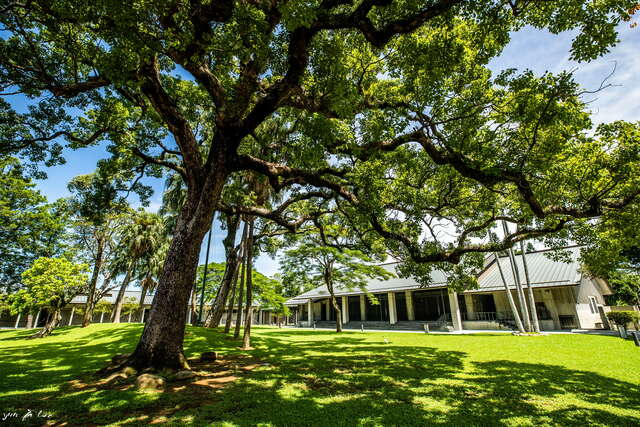Daxi Zhaiming Temple Introduction
Zhiming Temple, located in the beautiful Taoyuan City, Daxi District, was established in 1873 when its first abbot, Master Xingyue, brought back a statue of Guanyin Bodhisattva from Putuo Mountain in Nanhai to his hometown for meditation and began the century-long history of Zhiming Temple. Due to the rise of the Zhengjiao faith in Taiwan, Zhiming Temple was later supported by its followers. In 1999, the sixth abbot, layman Jiang Zhangren, commissioned Dharma Drum Mountain to take over the temple's affairs, with Master Sheng Yen appointed as the seventh abbot, thus returning to the orthodox Buddhist tradition. Zhiming Temple is built in the Minnan style with a single entrance and four guardian dragons, featuring red walls and dark tiles, and an elegant roof designed like a swallow's tail, surrounded by a serene, verdant courtyard, exuding calmness and timeless elegance. Due to its historical, cultural, and artistic significance, the Ministry of the Interior has designated it as a national third-level historic site, and in 2013 it was selected as one of the "Hundred Scenic Spots of Religion in Taiwan." The newly built meditation hall at the back was designed with a minimalist and low-key approach, intentionally lowering the eaves to avoid obstructing the soaring eaves of Zhiming Temple. Elements such as exposed concrete and corridors were employed to let the new structure serve as a backdrop, highlighting the historical grandeur of the century-old temple, while the natural earthen mound and century-old camphor tree in front create a harmonious blend, allowing the new and old architectures to coexist peacefully. In 2012, it received the first prize at the "Taiwan Architecture Award." Beyond its rich historical and cultural significance, Zhiming Temple serves as a practice space with functions for ceremonies, meditation, and education. By organizing various tours, cultural courses, and meditation activities, Zhiming Temple connects more closely with people’s lives, becoming a sanctuary for the residents of Taoyuan, Hsinchu, and Miaoli regions seeking spiritual tranquility, and continues to play its compassionate role in the next century. Source: Zhiming Temple



































